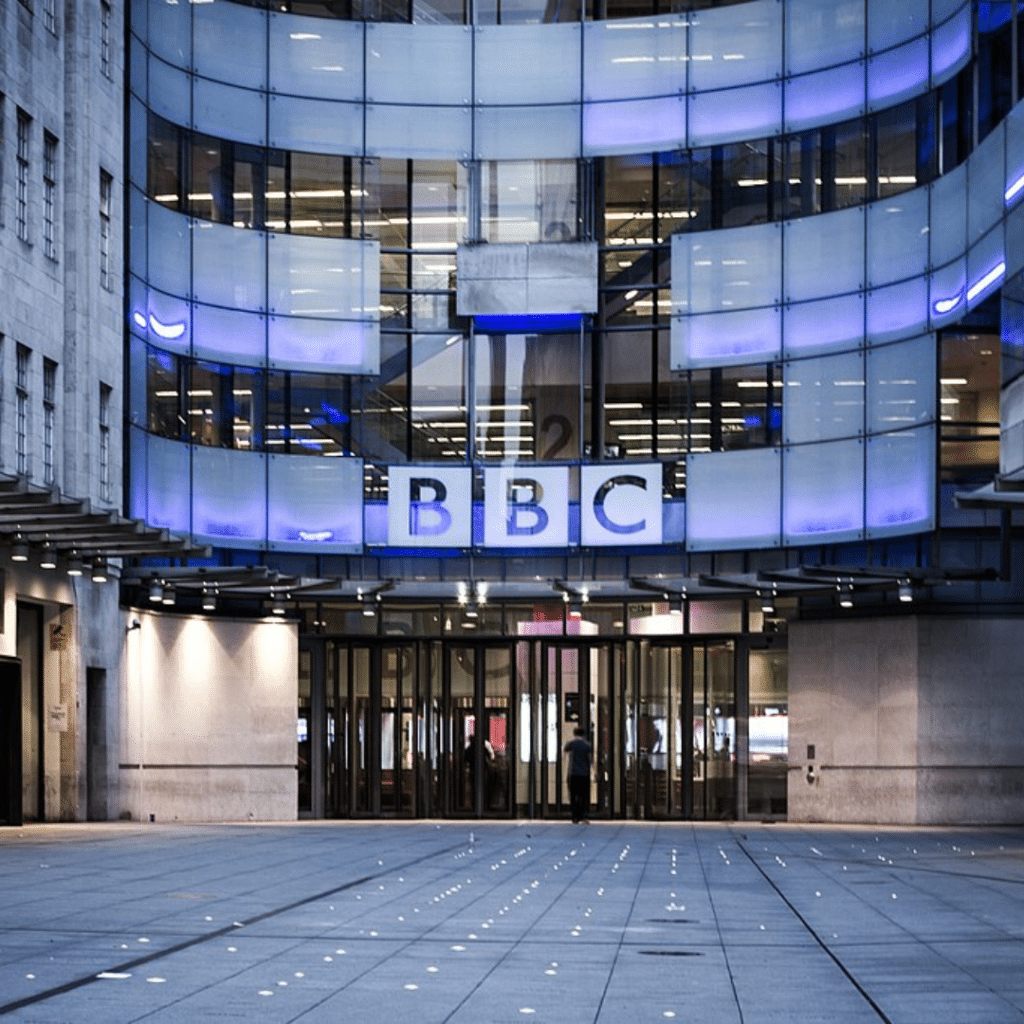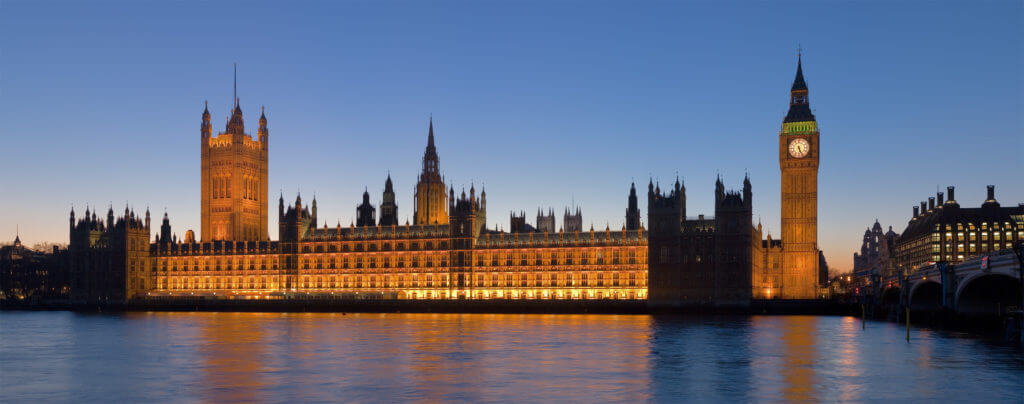
Regulation of political ads – politics, prohibition and positive action

(First published February 2024)
As the nation awaits the date of the next general election and the ensuing flurry of polling predictions and manifesto promises, we’re on the lookout for politically motivated ad campaigns.
The Communications Act 2003 prohibits “political” advertising on broadcast media, and this is reflected in Section 7 of the BCAP Code.
So, what does this mean in practice and how do we differentiate between radio ads likely to be considered to fall under the prohibition and acceptable public service advertising? And why does it matter?
The prohibition includes advertising aimed at influencing public opinion on a matter which is of public controversy in the UK. It also includes advertisements that promote the interests of a party or other group of persons organised for “political” ends.
This means that we’re unable to approve broadcast radio ads that portray the actions of elected bodies, offices and individuals in a positive light, or ads that make either a positive or negative case on a matter of current public controversy, whether on a national or a local basis.
It’s important to note, however, that this prohibition does not extend to advertisements on non-broadcast media, and does not prevent advertisements “of a public service nature” inserted by, or on behalf of, a government department.
When we consider a radio ad for approval, we need to consider not just the ad copy, but also the tone of voice in which the message will be delivered (e.g. a straight, factual read vs. an emphatic, positive tone) and the wider political environment at the time of broadcast. For instance, a factual ad about the availability of welfare and economic support may be perceived as politically motivated if it is broadcast at a time when a particular Government policy is subject to increased scrutiny from news broadcasters and political commentators.
Each week commercial radio stations reach 39 million listeners. We know that radio listeners trust the messages they hear and it’s important that they can rely on us to provide impartial information they can believe.
Radiocentre’s Beyond the Bubble research highlights that commercial radio connects with audiences in a way that is unique and unmatched. Our research demonstrates that commercial radio is uniquely strong in its ability to reach audiences who are less likely to actively seek out news. These listeners make up around a third of the commercial radio audience – around 13 million listeners. That’s a huge audience and that’s why it’s so important we fully utilise radio’s power to communicate important messages to those who may not engage with messaging in other media.
This was perhaps never more important than during the Covid-19 pandemic, when commercial radio played an essential part in communicating vital safety messaging and key information about vaccination programmes.
As society recovers and rebuilds post-pandemic, it might be tempting to think that commercial radio’s job in this kind of messaging is done, but this couldn’t be further from the truth. From messaging about heart disease risks, the importance of winter flu and measles vaccinations, to campaigns promoting a career in teaching, or information about safer driving, it’s clear that commercial radio’s relationship with its audience enables authorities to reach listeners who might otherwise be missed. We have a responsibility and a unique ability to connect with listeners and communicate the messages that matter.
Have any questions about Clearance, Radiocentre’s research or how to get your ads on air? Get in touch.



